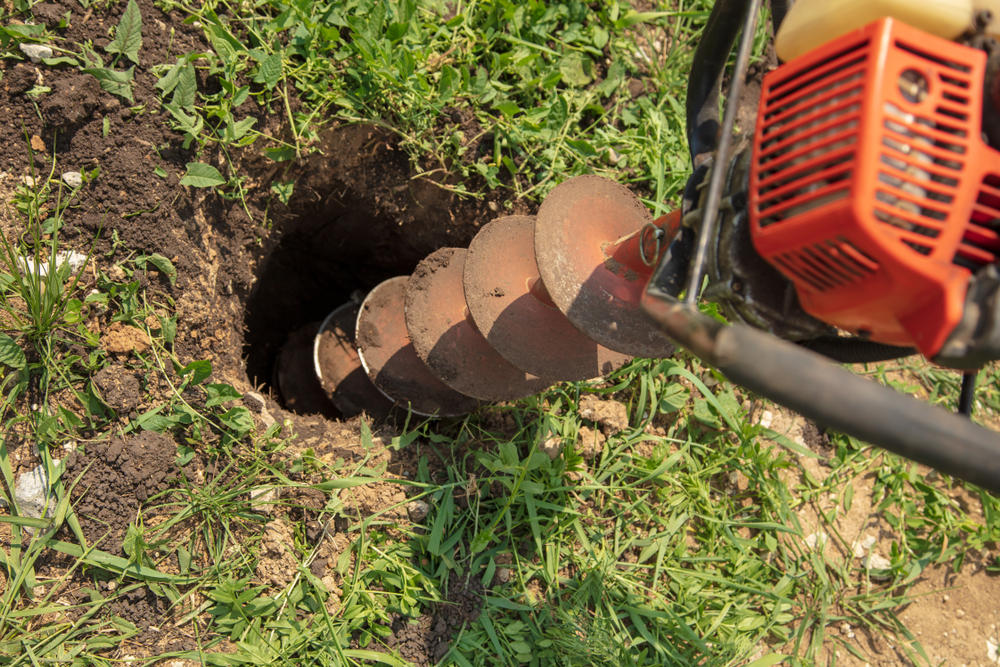Not many would consider the idea of digging a well in their backyards. However, when SHTF, preppers know better to have a water supply of their own. If you want to give it a try, read our guide below!
Tips on Digging a Well in Your Backyard
When preparing for the worst, everyone knows that water and food are at the top of the list for items you don’t want to run out of. You can only survive for three days without water, and the effects of dehydration will make those days miserable.
Storing enough bottled water for your family, pets, and any livestock could fill your home, garage, shed, and then some!
Rather than focus on stockpiling a water supply that will still eventually run out, you should strongly consider digging a well on your property. Having your own well guarantees you access to an underground water source, which is where the majority of fresh water is located.
Digging a well is no small feat, but is a must if you want to be self-sufficient. You’ll want to consider hiring an expert for several reasons, but you can physically dig your own if you need to. Just be ready to put forth some serious effort!
1. Know the Laws
 Do your research before you begin digging a well. Check both the state and local laws on installing a well on your property. You may need a permit or license, and you may even have to hire a certified contractor.
Do your research before you begin digging a well. Check both the state and local laws on installing a well on your property. You may need a permit or license, and you may even have to hire a certified contractor.
2. Selecting Your Site
After you’ve determined that you can legally dig or drill a well, you’ll want to choose the optimal site for it. Ideally, you would hire an expert at this point to ensure you’re choosing the right site for plenty of clean water. If not, be sure that the location of your well is:
- At least 100 ft away from any septic tank, sewage pipes, or fuel tanks
- At least 100 ft deep for the purest water
- In a location, you know water can be found
- Will not destroy the aquifer that feeds the spring
3. Options for Digging a Well

The best wells are 200 ft deep, which will require drilling and power tools. You can also dig your own wells and stop at about 15-20 ft when you reach water, but this water will not be as pure or reliable.
Ultimately, you will choose between drilling and digging. Hiring a company with a drilling rig will be the fastest and most effective way to get a well on your property, but can set you back several thousand dollars. If you don’t have the budget for drilling, be ready to start digging.
4. Digging Your Own Well
- First, you’ll need to construct a well screen to keep debris out of the water. You can use a metal pipe with hundreds of tiny slits in it, and seal it with a PVC cap that will not come off (you can use cement to be sure).
- You can then use a hand auger to dig your well. It will need to be extendable, and as the hole gets deeper, you can add a drill rod to the end.
- Alternatively, you can dig a small hole with a posthole digger and then use a steel well point on a PVC pipe to drive into the ground. Hammer the pipe into the ground using a rubber mallet, but be careful not to break the pipe. Add additional lengths of pipe to the top as you hammer it down.
5. Last Steps
Once your well is dug, be sure to remove the dirty water from the pipe before adding your hand pump. Once you are pumping well water, have it tested before you drink any!
Drinking dirty or contaminated water is more dangerous than not drinking water at all. You can purify the water yourself, but you will want to have it tested to find out if it is safe to drink straight from the pump.
A well is a worthwhile investment for so many reasons, but as always do your research before you begin drilling or digging your own. Hiring an expert is highly recommended to ensure that your well is in the most appropriate spot on your property and extends deep enough to reach pure water.
Have you successfully dug your own well or asked a professional to help you? Do share with us some extra tips in the comments section!
Up Next:
- How To Make A DIY Pocket Water Filter [Video]
- 100-Year-Old Trick For Filtering Rainwater
- The Do’s And Don’ts Of Building Your First Rain Barrel


